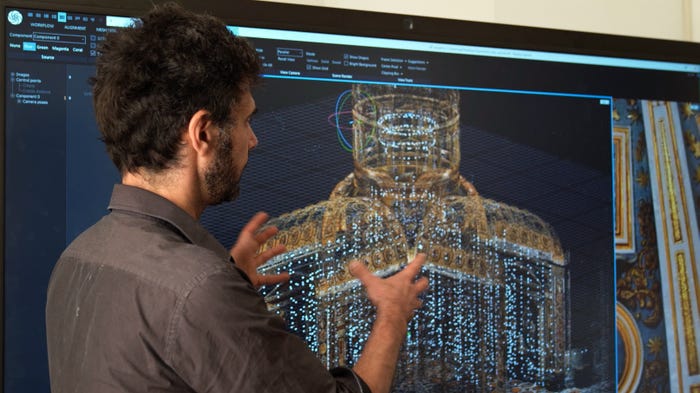Self-Learning Robot Teaches Itself to Open Doors
The new design from Carnegie Mellon University promotes the use of real-world experience to teach robots and could inform future domestic robots
.png?width=1280&auto=webp&quality=95&format=jpg&disable=upscale)
A team of roboticists from Carnegie Mellon University has developed a self-learning robotic system that teaches itself how to carry out tasks such as opening doors, drawers and cabinets.
The program starts by giving a robot limited abilities to complete a specific task. Through hands-on experience, the robot can then adapt its capabilities to handle different objects as they’re encountered.
The method contrasts with typical teaching techniques that train robots in laboratory settings, with the CMU team instead demonstrating the value of training in real-world conditions.
“Starting from a fixed set of demos on a fixed set of known objects, how do we deal with diverse unseen objects in the open world?” study co-author Haoyu Xiong wrote on X, formerly Twitter. “Just keep adapting online!”
“Our robot learns to operate new objects in under an hour via practice using RL, without requiring any new demos!”
In tests, the team built a four-wheeled robot with a gripper-topped arm that was taught how to open a limited number of doors with different handles. It was then sent onto the CMU campus, where its ability to adapt this knowledge to open a variety of doors was tested.
The team noted that if the door handle was familiar to the robot, it opened it immediately. If unfamiliar, the robot would use its prior knowledge to figure out how to open the door, window or drawer, with a 95% success rate.
“With less than an hour of online learning for each object, the system is able to increase success rate from 50% of BC pre-training to 95% using online adaptation,” the team said.
The system has potential applications in domestic and industrial robots, demonstrating the efficacy of a self-learning system that relies on real-world experience to build a knowledge base.
About the Author
You May Also Like







.jpg?width=300&auto=webp&quality=80&disable=upscale)
